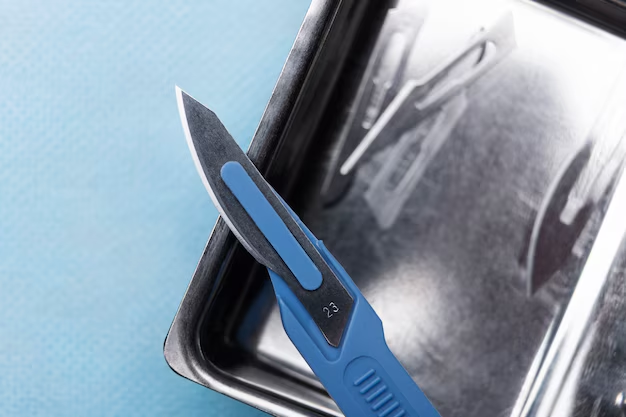How Long Can You Safely Keep a Hambone in the Refrigerator?
Storing meats in the refrigerator to maintain their freshness and safety is a common concern for many households. Among these, hambones—often leftover from holidays and family dinners—pose a specific question: how long is a hambone good in the refrigerator? Ensuring your hambone is safely stored not only prevents food waste but also enhances the flavors of dishes you plan to prepare. Let’s dive into the specifics of hambone storage, its uses, and some practical food safety tips.
Understanding Hambone Shelf Life
The longevity of a hambone in the refrigerator depends on various factors, including initial preparation, storage methods, and the refrigerator's temperature. In general, a cooked hambone can be stored in the refrigerator for about 3 to 5 days. However, it's crucial to ensure the hambone is wrapped properly or stored in an airtight container to prevent drying out and to inhibit bacterial growth.
Key Factors in Hambone Storage
- Proper Cooling: Once you've finished your ham feast, let the hambone cool to room temperature before refrigerating. Avoid letting it sit out for more than two hours to prevent bacteria from growing.
- Wrapping Techniques: Use airtight containers or heavy-duty aluminum foil to wrap the hambone. This reduces air exposure and slows down the spoilage process.
- Refrigerator Temperature: Keep your refrigerator at or below 40°F (4°C). Temperature fluctuations can contribute to spoilage, even for well-wrapped items.
When Should You Freeze a Hambone?
If you anticipate not using your hambone within the safe 3 to 5-day window, freezing is an excellent option. Frozen hambones can be kept for up to 2 months. This preserves their quality and allows you more flexibility in deciding when to use them.
Freezing Tips
- Portion Control: Consider dividing the hambone into smaller pieces before freezing. This simplifies thawing and ensures you only defrost what you need.
- Double Wrapping: Use plastic wrap or freezer paper for the first layer, then place the wrapped hambone in a freezer bag to prevent freezer burn.
- Labeling Matters: Clearly label the packaging with the date of freezing, so you always know how long it's been stored.
Using Hambone for Cooking
A hambone is a culinary treasure, perfect for enhancing soups, stews, and broths. The bone imparts rich, savory flavors and is often a key ingredient in traditional recipes.
Popular Hambone Recipes
- Hearty Bean Soup: Use the hambone as a base for a comforting bean soup. The marrow from the bone enriches the broth, making it both nutritious and delicious.
- Split Pea Soup: A classic choice, hambone-infused split pea soup comes together with carrots, onions, and celery for a satisfying meal.
- Bone Broth: Simmer the hambone with vegetables and herbs to create a flavorful bone broth, which can then be used as a base for numerous recipes.
Signs of Spoilage
To ensure your hambone is still good, it's important to recognize signs of spoilage:
- Off-Odors: Any sour or ammonia-like smells indicate bacterial spoilage.
- Texture Changes: If the hambone feels slimy or sticky, it's a clear indicator of spoilage.
- Discoloration: Gray or greenish hues are a sign that the hambone is no longer safe to use.
Practical Food Safety Tips for Hambones
Ensuring hambones are stored, handled, and used correctly minimizes the risk of spoilage and foodborne illness. Here are critical tips to consider:
- Avoid Cross-Contamination: Use separate cutting boards and utensils when handling raw meats and hambones.
- Immediate Use: If a hambone shows any signs of spoilage, it's best to discard it immediately to prevent any risk of illness.
- Submerge in Liquid: When making broths or soups, ensure the hambone is fully submerged in liquid during cooking for even flavor extraction.
Quick Summary: Hambone Storage Tips 🥘
- In the Fridge: 3-5 days when properly stored.
- In the Freezer: Up to 2 months if double-wrapped.
- Cooking Inspiration: Perfect for soups and broths to add rich flavor.
- Check for Spoilage: Watch for bad odors, texture changes, and discoloration.
- Food Safety: Store at or below 40°F, and use different utensils to avoid cross-contamination.
Taking a little extra care with your hambone storage and use can open up a world of culinary possibilities while ensuring food safety. Whether you're planning to savor a hearty bowl of soup or a rich broth, knowing how to handle a hambone properly makes all the difference. Plus, these practices help extend its shelf life, giving you more time to explore delicious meals at your convenience. 🌟
